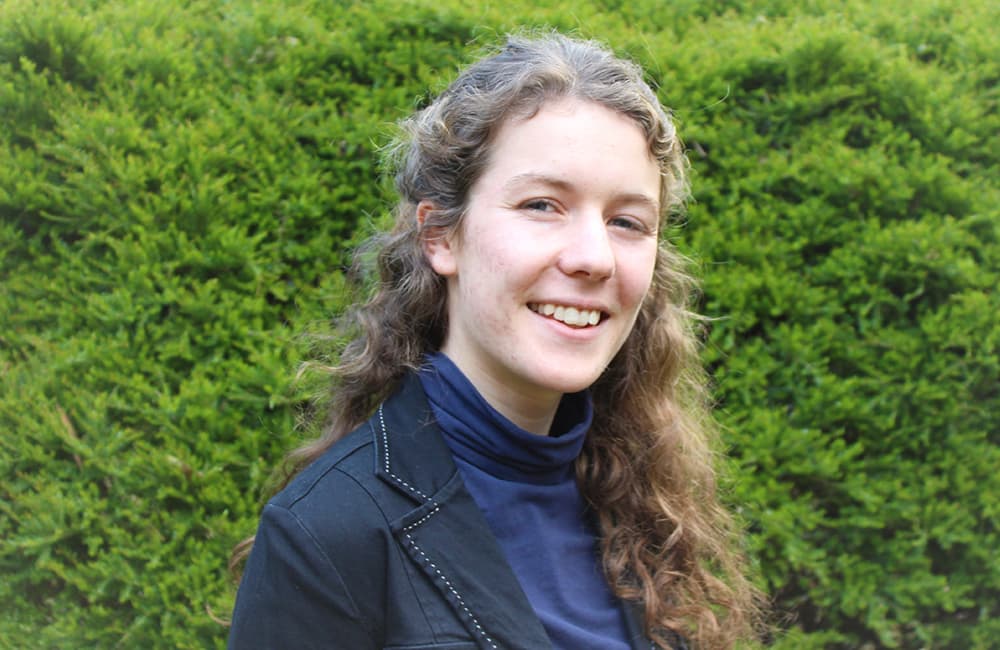Today’s children will face up to 24 times more extreme weather events than their grandparents
It’s a Friday afternoon at Ella’s high school in Melbourne. Across the school, students in classrooms are sweltering as the air conditioners aren’t enough to cope with the 40 degree plus heat. In class, Ella watches as her friend faints as heat exhaustion kicks in.
In Taree, NSW, 17-year-old Amber stands on the roof of her house as she watches fires encroaching. Two months later, she stands in a friends’ house helping them pack up their valuables before the floodwaters rise again.
Around the world, children are bearing the brunt of climate-induced extreme weather events. A new landmark report from Save the Children reveals these events will increase in frequency, if the current trajectory of global carbon emissions is maintained.

Ella and her friends face a future of increased extreme weather events,
if the current trajectory of emissions is maintained.
Photo: Supplied.
A child born in 2020
A child born in 2020 has already lived through one of the most eventful years the world has ever seen. And during their lifetime, they may experience up to 2–7 times as many extreme weather events globally as a person born in 1960.
In Australia, this will include four times as many heatwaves, three times as many droughts, as well as 1.5 times as many bushfires and river floods.
For Amber and Ella, this isn’t just a future problem. It’s a reality they’ve faced and continue to face in their daily lives.
Amber remembers the fires clearly.
“My family and I stayed with our house, but we had a plan to cross the river if it came to that. For several nights we slept in shifts to keep an eye out as the red glow was continuously on the horizon. One night we dragged chairs and blankets up onto the roof and watched the glow. We sat up there eating ice-cream because all the food in the freezer was starting to melt without electricity.”
“I’ve been evacuated from a campsite over the summer because of the bushfires,” Ella recounts.
“I’m definitely worried about climate change. This isn't some far off issue that's going to happen. It's happening right now.”

Amber has faced fires and floods in the mid-north coast town of Taree.
Photo: Supplied.
A worldwide calamity
Chatten, 16, was just 8 years old when his home in the Philippines was destroyed by Typhoon Haiyan—one of the most powerful tropical cyclones ever recorded—which devastated the country in 2013.
“My country has always been prone to disaster,” says Chatten. “We suffer every year from flooding, typhoons, landslides, earthquakes and volcanoes. But it’s expected that Filipino people will be ‘resilient’. It’s a word that gets thrown around easily. But where’s the action from global leaders that will alleviate our need to be ‘resilient’ all the time?”
“To think that children born today will live through even more cyclones, heatwaves and other disasters than our grandparents makes me feel sad. Children have contributed least to the climate crisis and yet we're the ones who will suffer the most."
Children are pleading for climate action
Anuska is 14-year-old Nepali girl who’s seen the glaciers melting. She has strong words for world leaders ahead of the global climate summit in Glasgow. “Developed nations should provide financial support to the less developed nations and shut off inefficient coal power plants. They should develop and invest in renewable power sources and fuel-efficient technologies, increase investment in biogas and biofuels because they are good alternatives, and invest and promote the use of electric vehicles.”
Without strong action to secure a zero carbon future, Anuska and her peers know their future looks dire. “I'm worried about climate change for my future,” says Anuska. “With the current situation, it will almost be impossible for us to survive. Our living standard will degrade - we won't be able to breathe fresh air and will be compelled to eat contaminated food and drink water. Our rights and freedom will be snatched away from us when natural hazards destroy our schools and hospitals. And the time will come when wars and conflicts will rise for the survival of the fittest, and humans will eventually suffer. We and our leaders must do something to protect our Earth.”
With their future in peril, the children of the world are focused on solutions. It’s now time for the world to step up and ensure the planet remains livable for them and future generations.